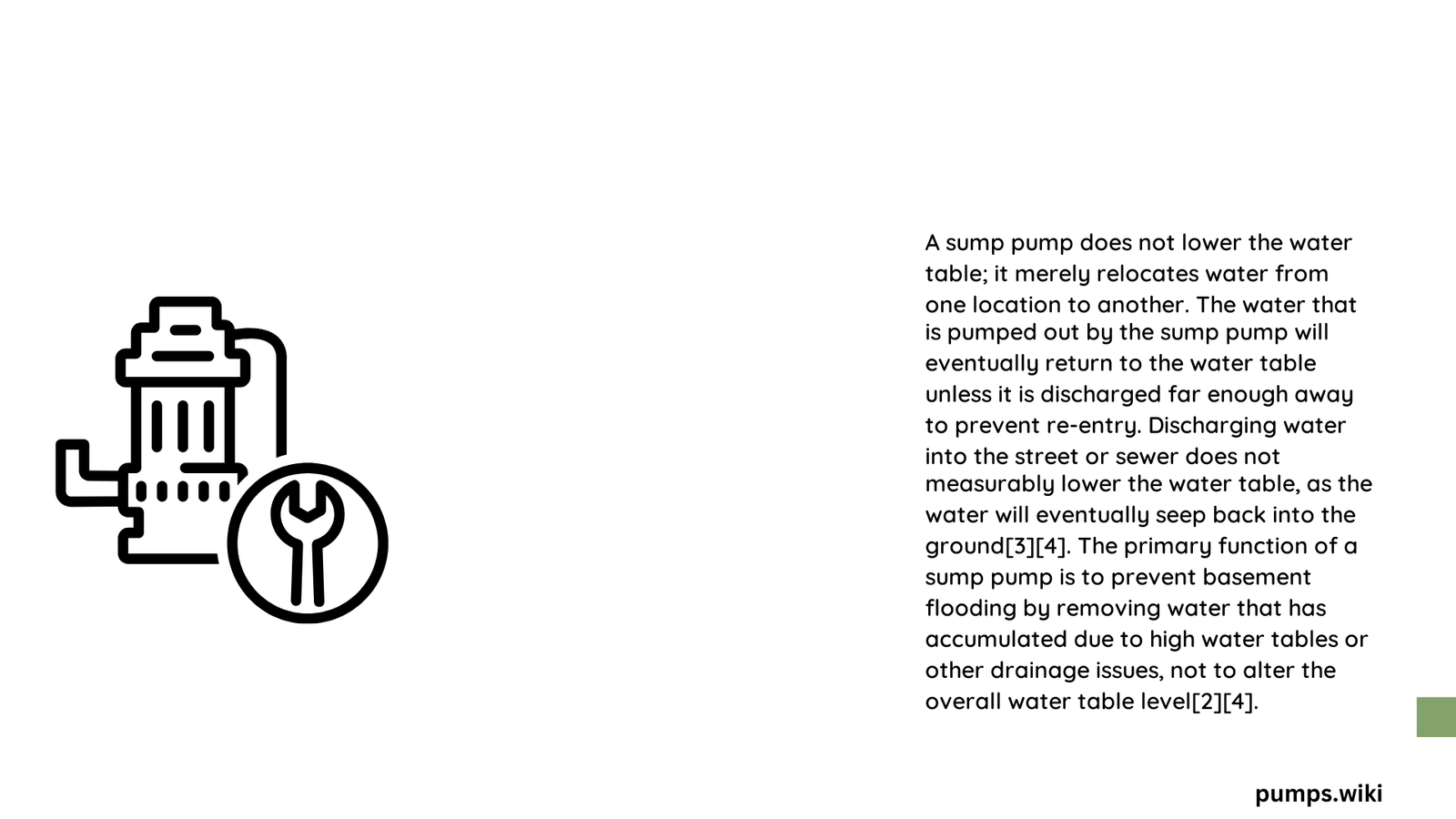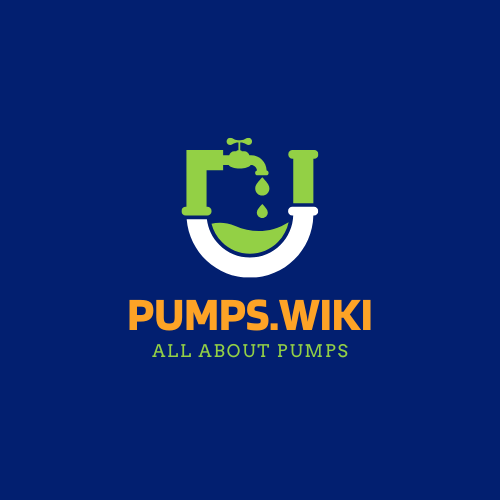Homeowners often wonder about the effectiveness of sump pumps in managing groundwater levels. While sump pumps are crucial for preventing basement flooding and water damage, they do not fundamentally lower the water table. These systems redirect water away from your foundation, providing protection without altering the underlying geological water conditions. Understanding their true function is key to effective water management strategies.
What Happens to Water Table When Sump Pump Operates?
A sump pump does not lower the water table itself. Instead, it manages the groundwater by:
- Redirecting Water: Collecting and pumping water away from the foundation
- Preventing Accumulation: Stopping water from pooling in the basement
- Maintaining Drainage: Ensuring continuous water movement
How Does a Sump Pump Actually Work?
| Component | Function | Impact on Water Table |
|---|---|---|
| Sump Pit | Collects groundwater | No direct water table reduction |
| Pump Mechanism | Moves water out | Temporary water level management |
| Discharge Line | Redirects water away | Prevents local water accumulation |
Can Sump Pumps Permanently Change Groundwater Levels?

Sump pumps cannot permanently alter the water table due to several critical factors:
- Geological Constraints
- Water tables are determined by regional geological formations
- Underground water movement is influenced by broader environmental conditions
-
Sump pumps operate on a localized scale
-
Hydraulic Limitations
- Pumps remove water temporarily from a specific area
- Surrounding groundwater quickly refills the space
- No long-term reduction in overall water table occurs
What Determines Sump Pump Effectiveness?
Several key factors influence a sump pump’s performance:
- Pump Capacity: Gallons per minute (GPM) rating
- Drainage System Design
- Local Groundwater Conditions
- Soil Permeability
- Seasonal Water Table Fluctuations
Recommended Water Management Strategies
While sump pumps don’t lower water tables, they remain an essential component of comprehensive water management:
- Install proper drainage systems
- Ensure correct sump pump sizing
- Maintain consistent pump maintenance
- Consider additional waterproofing techniques
Technical Insights into Water Table Dynamics
Water Table Characteristics:
– Depth varies by geographic location
– Influenced by rainfall, soil composition
– Seasonal changes impact water levels
– Cannot be permanently altered by residential pumping systems
Professional Recommendations
Homeowners should:
1. Consult geological surveys
2. Understand local groundwater patterns
3. Choose appropriate water management solutions
4. Regular sump pump maintenance
Cost-Effective Water Management
| Solution | Average Cost | Effectiveness |
|---|---|---|
| Sump Pump | $300-$1,000 | High localized management |
| French Drain | $1,000-$5,000 | Comprehensive water redirection |
| Professional Assessment | $200-$500 | Customized water management plan |
Final Technical Assessment
Sump pumps are precision water management tools designed to protect structures, not manipulate geological water systems. They provide critical defense against potential water damage by efficiently managing localized water accumulation.
Key Takeaway: A sump pump will not lower your water table, but it will effectively protect your property from potential water-related damage.
